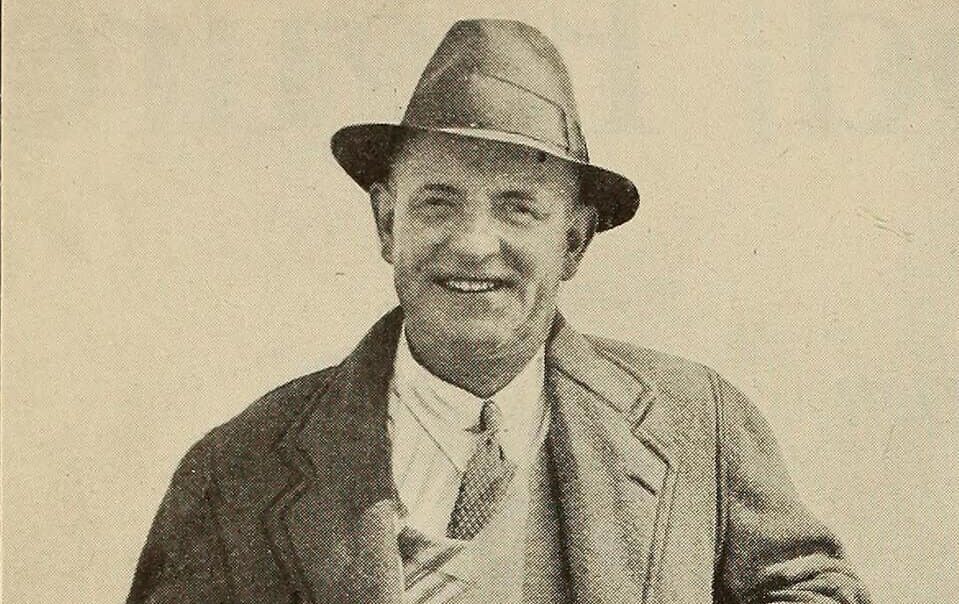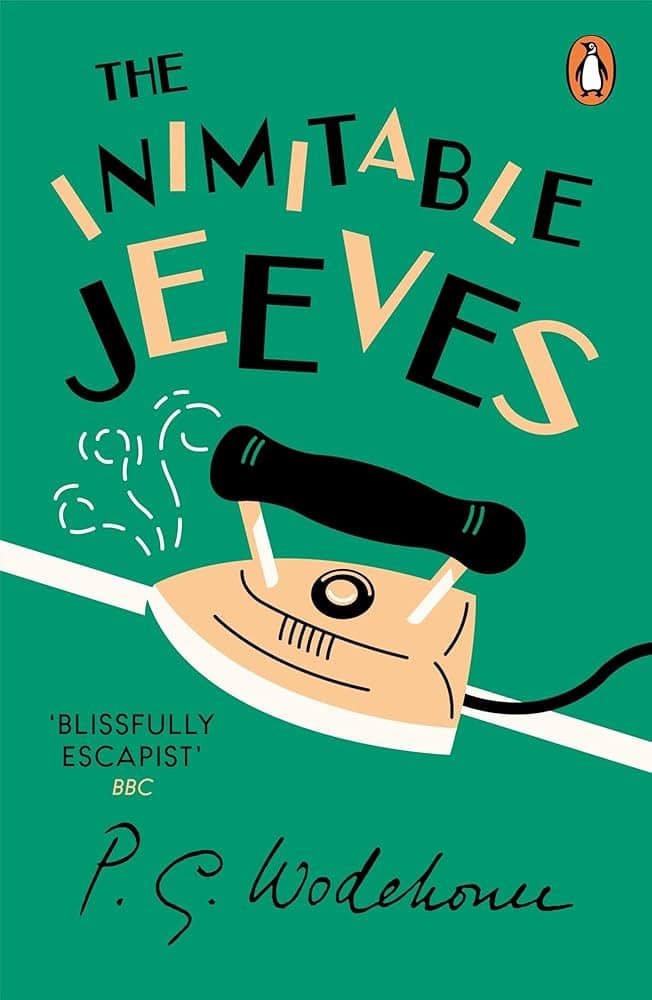
P. G. Wodehouse, who was born on October 15, 1881, became one of the most successful humour writers of the 20th century. His enduring popularity comes from a combination of excellent writing style, superb characterisation, timing and tone. Many literary critics have often hailed his skill at using the intricacies of the English language to convey his ideas to the reader.
It is said that India has the maximum number of Wodehouse fans. His popularity in India stems from a combination of several factors, including a shared appreciation for the English language and the comfort of his escapist plots. Indians who are proficient in English often find his writing to be a source of great pleasure.
His stories of Bertie Wooster, an idle and rich young man, and his quick thinking, resourceful valet Jeeves, are unforgettable. The theme of a clever employee who can outdo his master is not unusual. It appears in many traditional works of literature and folk tales. In India we have the stories of Akbar and Birbal and, centuries ago, in Spain, writer Miguel de Cervantes Saavedra created the character of Sancho Panza and his master Don Quixote.
Wodehouse built up this theme into a hilarious series of novels. Wodehouse loved playing with words and his puns, malapropisms, similes, and quirky metaphors are legendary even now. He constantly surprised readers with bizarre but oddly perfect metaphors. Moreover, the complex situations that he created kept the readers glued to the story.
Jeeves and Wooster were an iconic duo
The iconic duo of Wooster and Jeeves offered an endlessly entertaining dynamic. The other characters like Wooster’s friend Gussie Fink-Nottle, and his Aunt Agatha became beloved for their eccentricities and so too the women characters like Madeline Bassett, Bobbie Wickham, Honoria Glossop and others.
Moreover, Wodehouse understood the clever art of pacing his plots—that is the art of building up a joke and letting it wait. Only to make it explode at exactly the right time in his stories.
But it was not only the Wooster and Jeeves stories that earned him millions of fans. His stories of Lord Emsworth and his sisters and Sir Galahad at Blandings Castle, are unmatched in the world of humour writing. So too, the intricate plots involving Ukridge and Psmith. No doubt, Wodehouse used settings that were escapist, but while reading his books, the readers are transported to another world. They forget the stresses and pressures of modern-day life.
He conveyed gentle satire.
Above all, he conveyed gentle satire and not harsh cynicism. Wodehouse poked fun at the British upper class, but always with mild humour, not bitterness. His comedy is light hearted, not harsh or mean-spirited. Even upper-class readers at whom he targeted his jokes, never felt attacked. Instead they laughed with him.
He wrote close to 100 novels and numerous short stories in his writing career but despite this massive output, the quality of his prose remained consistently high. One does not have to be British or know the 1920s social scene to enjoy Wodehouse. His humour is rooted in personality, language, and farce, which cross cultural boundaries. Countless films and television serials have been fashioned from his novels. Sir Pelham Grenville Wodehouse, KBE, was knighted in 1975 shortly before his death.
Where to begin
If any person wants to begin reading his stories then the best thing would be to start with his short stories. These will not take much time (each story can be finished in a couple of hours) and they will give the beginner an idea of what to expect in the longer novels.
His collection of short stories in The Inimitable Jeeves is a good starting point. It is a collection of stories introducing Bertie Wooster and Jeeves. The plots are funny, light, and full of classic Wodehouse charm. Then there are also the stories about golfing involving a character called Mr Mulliner. Those stories are also good as starters.

Wodehouse was a keen cricketer and loved golf as well. That is why he often put these two games into his stories and he could write about sports in a knowledgeable manner. He used to play cricket with other authors of the time such as Arthur Conan Doyle, A. A. Milne, J. M. Barrie and others.
Nobel Prize winner Rudyard Kipling was his friend too. Although the creator of Mowgli and Jungle Book was several years older than Wodehouse, the two often exchanged ideas about the art of writing. Kipling once said that Wodehouse’s story titled “Lord Emsworth And The Girlfriend”, was the best short story that he had ever read. Wodehouse died in 1975 at the ripe old age of 93 leaving behind millions of readers mourning his loss.



